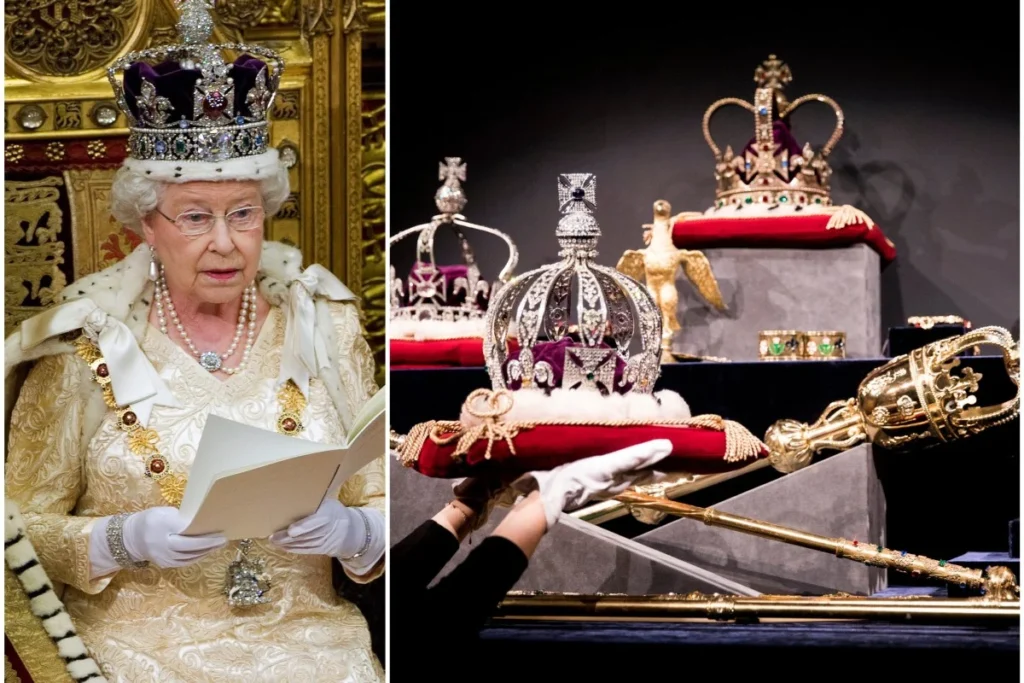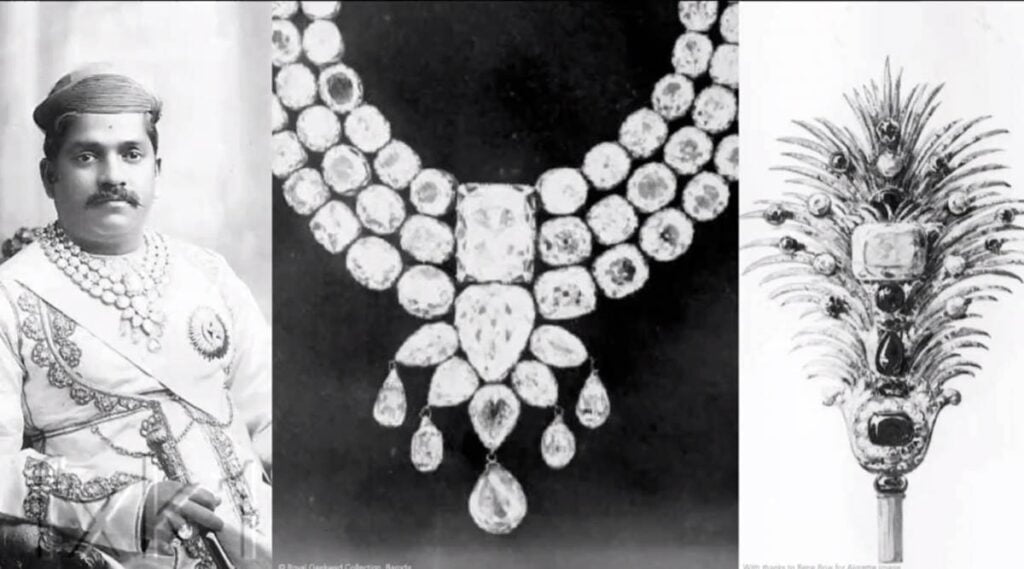The royal penchant for all things opulent is legendary. Maharajas and Maharanis have mainly become titular heads, and palaces are new luxury hotels. But what remains an external symbol of affluence and power are the famous royal jewels that tell a tale of magnificence and extravagance.
From weddings to coronations, the glitz and romance of royal jewelry often leave the entire world in awe. The jewelry collections of royal families are generally meant to be passed down from generation to generation, adding a historical significance which symbolizes the power and continuity of the monarchy.
Spanning a legacy of 5000 years, the jewelry of India is a striking expression of the country’s aesthetic and cultural history. The small number of jewels that have survived from different periods and different parts of India provide evidence of tradition without parallel in the world.
For more than 2000 yrs India was the sole supplier of gemstones to the world. Golconda diamonds, sapphire from Kashmir and pearls from gulf of manner were coveted and drew merchants across land and sea to India. For rulers. Jewels were a statement of power, prosperity and prestige. But for Indian women, jewelry was, and is, in many parts considered a social and economic security, the value of which will almost always appreciate, never depreciate.
In the contemporary world the boundaries of jewelry have been continually redefined. Conventions have been challenged by successive generations of independent jewelers often educated at art college and immersed in radical ideas.
Overall, jewelry plays an important role in culture and religion. Despite the changes of it’s composition and design of jewelleries, they have never lost their value.
ADITI SHUKLA
BFAD 2nd year



